This Dover Furnace Oasis With Multiple 18th Century Houses Can Be Yours for $3.5 Million
This property might take some creative thinking—and perhaps the rustling up of some like-minded friends looking for a country retreat—but it has an interesting history, vast acreage and multiple houses in which to spread out.

This property might take some creative thinking—and perhaps the rustling up of some like-minded friends looking for a country retreat—but it has an interesting history, vast acreage and multiple houses in which to spread out.
The parcel of about 110 acres at 247 Dover Furnace Road that is currently on the market is part of the small hamlet of Dover Furnace in Dutchess County. With a three-acre lake, eight houses, assorted barns and outbuildings, the ruin of an old blast furnace, a fish hatchery and woodland, it offers plenty of opportunities to craft your own creative compound.
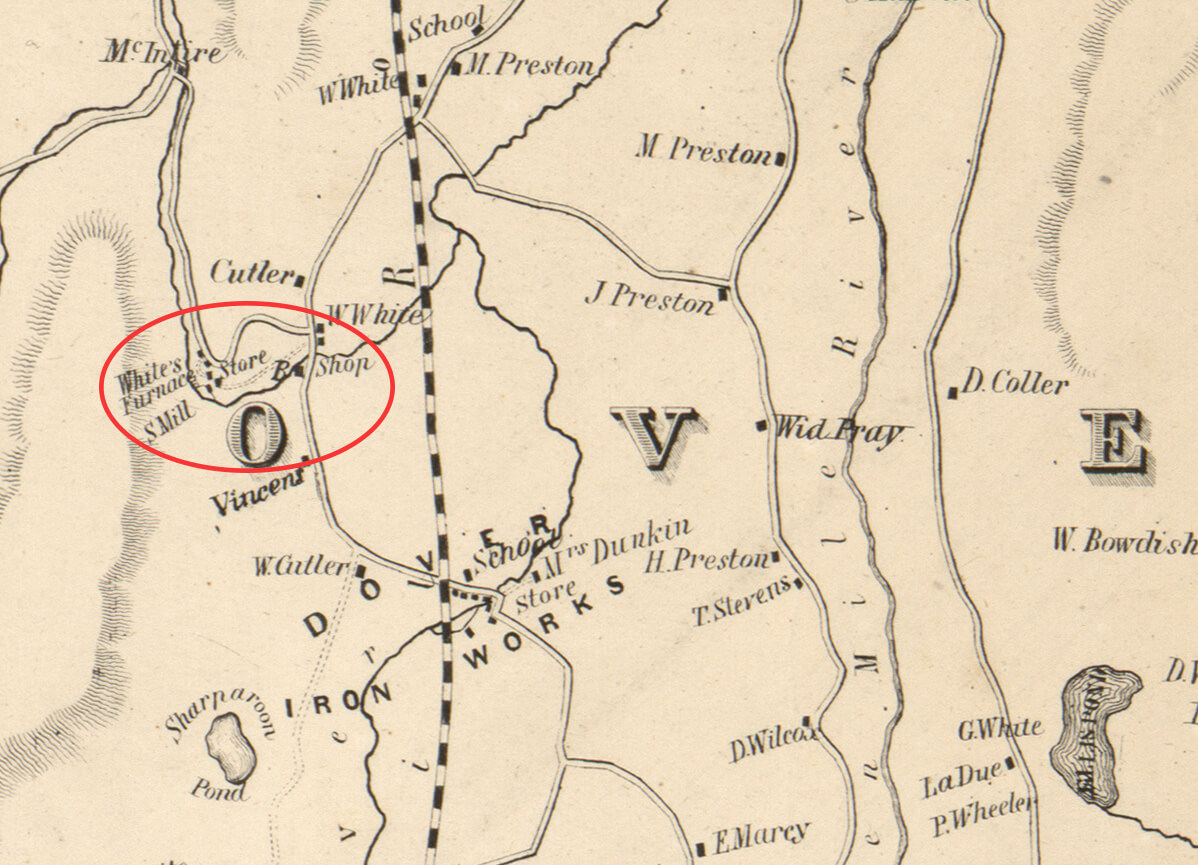
The name of the hamlet and an industrial ruin on the property provide fairly obvious clues to a significant part of the history of the area. New York State was rich with ore and the processing of it into iron to create the necessary tools for farming, construction and daily life were big business in the region, particularly in the early and mid 19th century.
Around 1846, William White established a blast furnace on this particular parcel, and a map of 1850 also shows White’s furnace along with a sawmill, a shop and several houses on the land. The arrival of the Harlem Railroad in 1849 spurred growth and provided a faster way to transport goods from the surrounding ironworks, ore mines and farms. Dover Furnace had its own depot, located to the southeast of this property.
White’s business seems to have lasted until 1867 when the Dutchess County Iron Works appears in its place. The last significant iron industry remnant on the property is an ashlar stone furnace stack built around 1881. The original Gothic arch opening is still intact, allowing access to the interior. The structure was declared eligible for the National Register of Historic Places in March of this year.
A similar blast furnace ruin is located to the south, near Sharparoon Pond. The site of a camp run by the New York City Mission in the 20th century, the land is now owned by the World Olivet Assembly, which holds a substantial amount of property in the region.
While a more recently constructed house sits adjacent to the furnace stack, the other seven houses are stretched along Dover Furnace Road on the opposite side of the lake. They include two 20th century houses and five that date to either the 18th or 19th centuries. Alas, there aren’t interior photos for any of the properties so it is difficult to tell what original details may still survive and what amount of renovation might be needed.
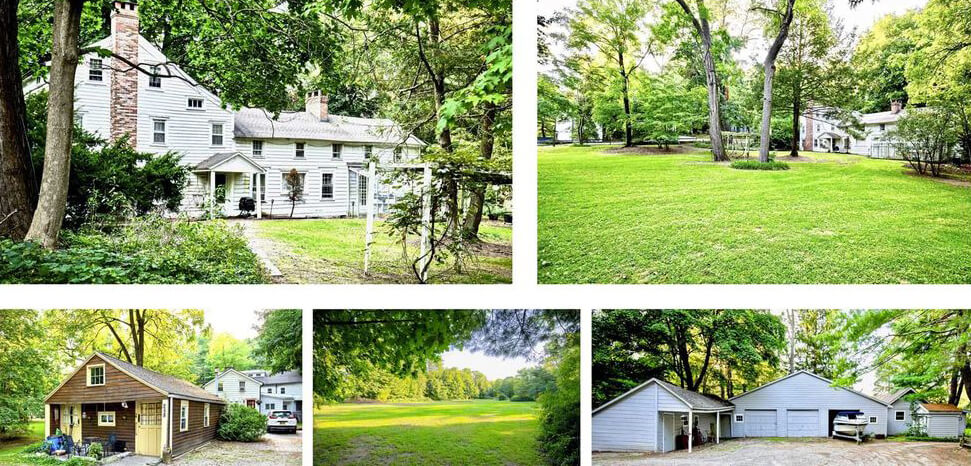
The most intriguing of the group might be Doolittle Manor. According to local histories and a 1988 New York State Office of Parks, Recreation and Historic Preservation building inventory form, the house was originally built as the home of John Palmer in the 18th century. However, the street-facing facade is distinctly Greek Revival, with frieze band windows and a main entry with sidelights. The original house was likely altered over time and had a stylistic tweak in the 1820s or 1830s. It was declared eligible for listing on the National Register of Historic Places in March of this year.
The listing also refers to the house as “Clearwater Tavern,” but initial digging hasn’t turned up any historic references. There are some mentions of a Clear Water Tavern in the area, but they usually point to the circa 1750 house of John Preston, now the Old Drover’s Inn, in Dover Plains.
This eight-bedroom house has 3.5 baths, wood-burning fireplaces and an eat-in kitchen. When the 1988 building inventory form was completed, it was noted that many of the original interior details remained, including doors, moldings, hardware and wide-planked floorboards. The outbuildings for the house include a Greek Revival-style outhouse, a carriage house with a studio apartment and a barn.
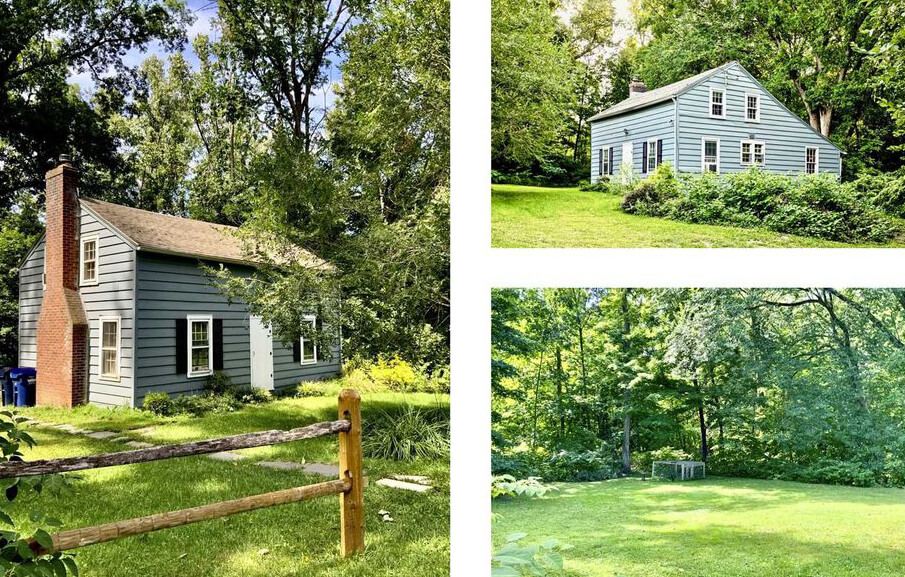
On a smaller scale is a saltbox-style cottage known as Brook House, which dates to 1760, according to the listing. A 1988 building inventory form for the house puts a conservative estimated date of 1800. The listing notes the house has two to three bedrooms, two baths, parquet floors and a fireplace.
Dubbed the Barn House, this 20th century house has three bedrooms, 2.5 baths, hardwood floors and a full basement. Interestingly, a 2019 Cultural Resource Survey for the area dated the house to circa 1900 but noted that it had been substantially altered later in the 20th century.
This three-bedroom clapboard house doesn’t turn up on any historic surveys of the area, but according to the listing it dates to 1750 and has a Rumford fireplace along with more contemporary amenities like a new furnace.
Overlooking the lake is this modest 1970’s two-bedroom, one-bath house with a fireplace and pine floors and paneling. The house is said to be constructed on the site of an 18th century forge and pump house.
In addition to the houses, the property also includes a number of barns, three of them supposedly dating to the 18th century. There’s also a greenhouse, chicken coop, woodworking shop and a trout hatchery licensed by the New York Department of Environmental Conservation.
The property is listed for $3.5 million with Norm Mackay and Karen Springhorn of Houlihan Lawrence. If you want more land on which to roam, the listing mentions there is an additional 47.75-acre parcel available that includes a five-acre pond stocked with bass and rainbow trout.
Related Stories
- Three Columbia County Homes With Curb Appeal, Starting at $249K
- Made Over by Two Brooklyn Artists, This $650K Catskill Villa Mixes Modern and Vintage Flair
- A Picture-Perfect Greek Revival, This New Kingston House Asking $249K Is Awash With Period Detail
Sign up for amNY’s COVID-19 newsletter to stay up to date on the latest coronavirus news throughout New York City. Email tips@brownstoner.com with further comments, questions or tips. Follow Brownstoner on Twitter and Instagram, and like us on Facebook.

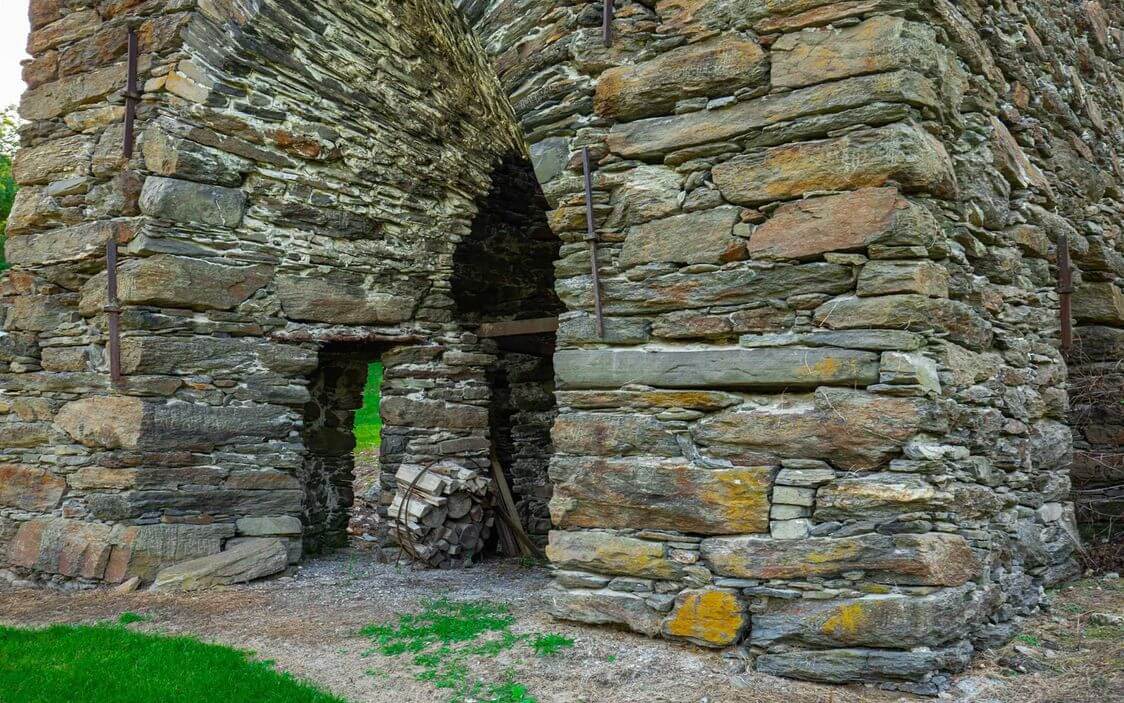
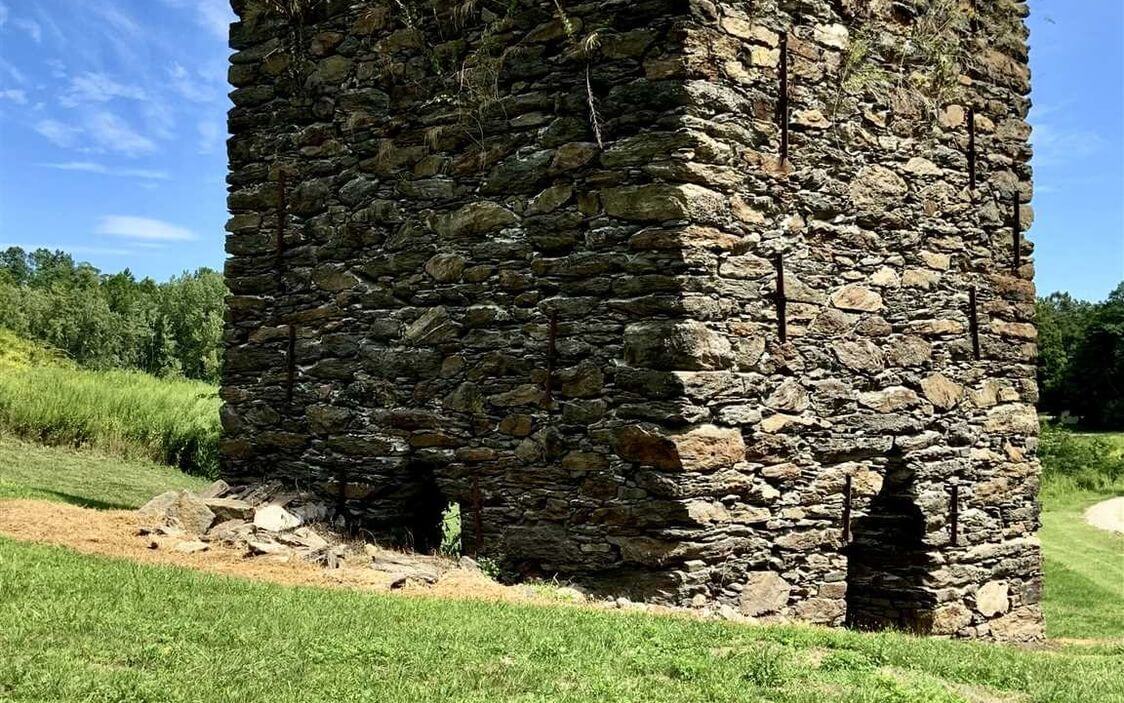
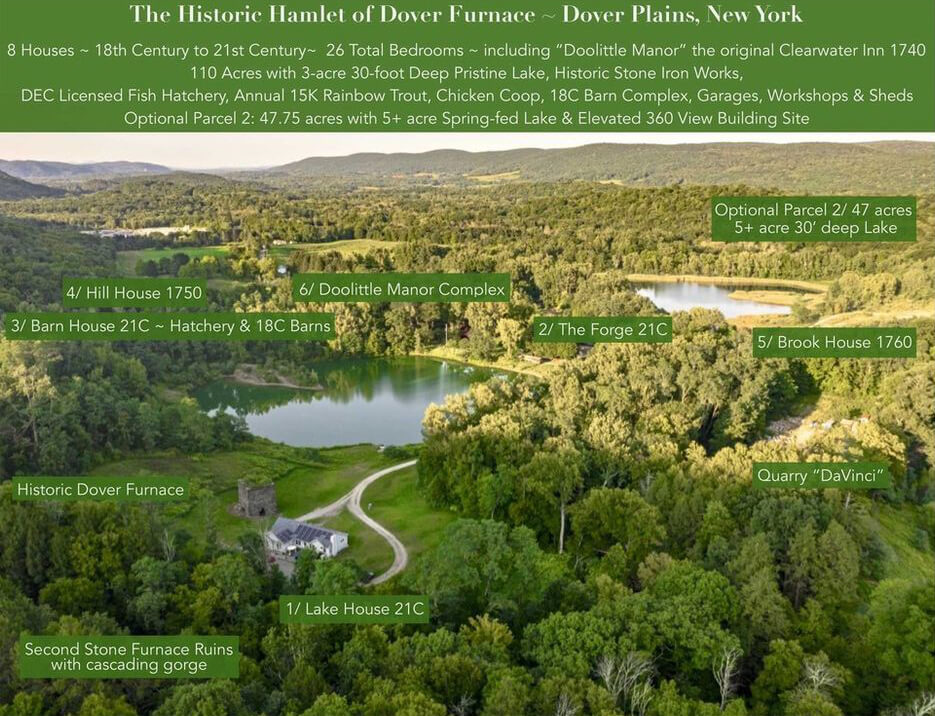
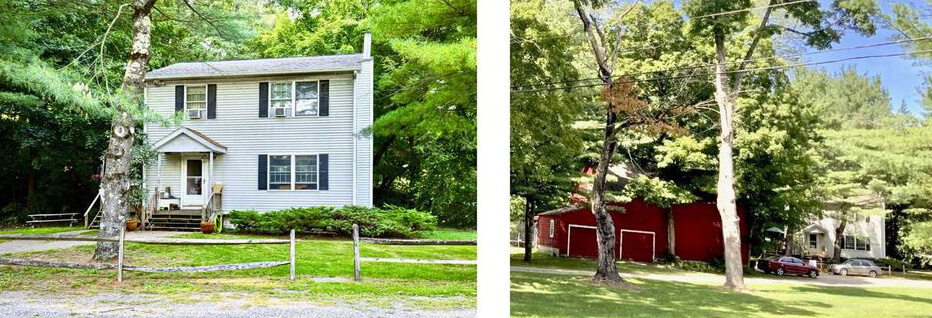

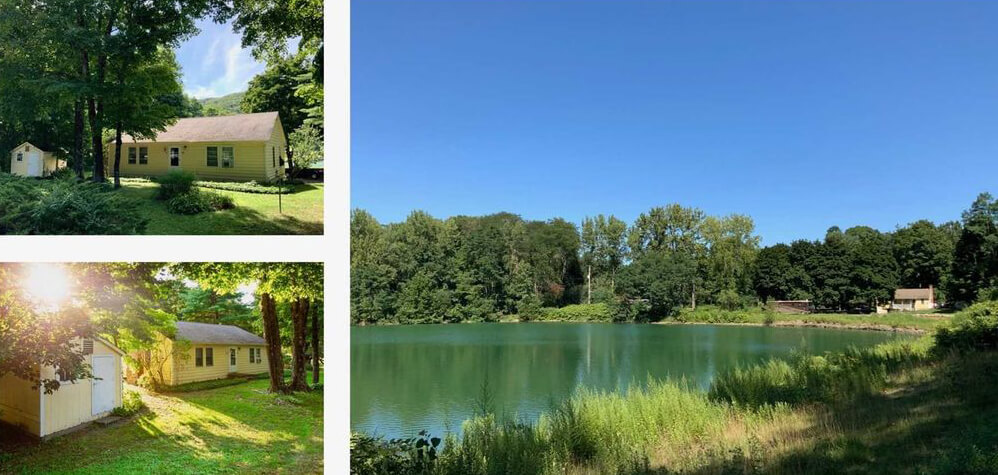
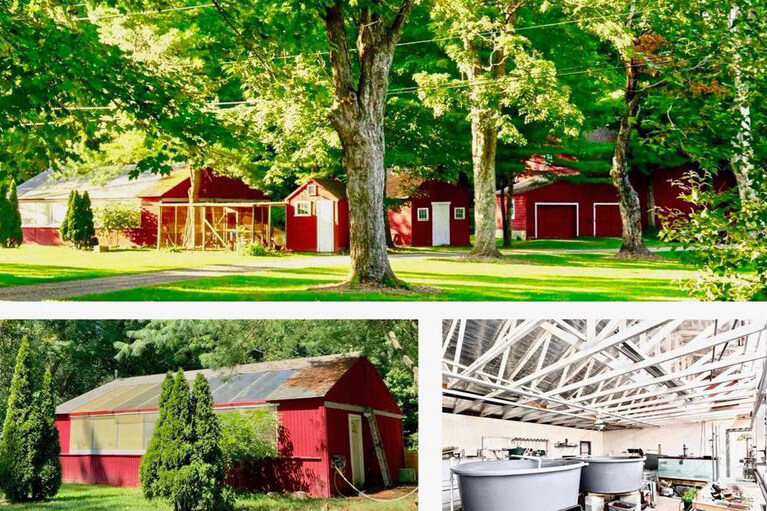
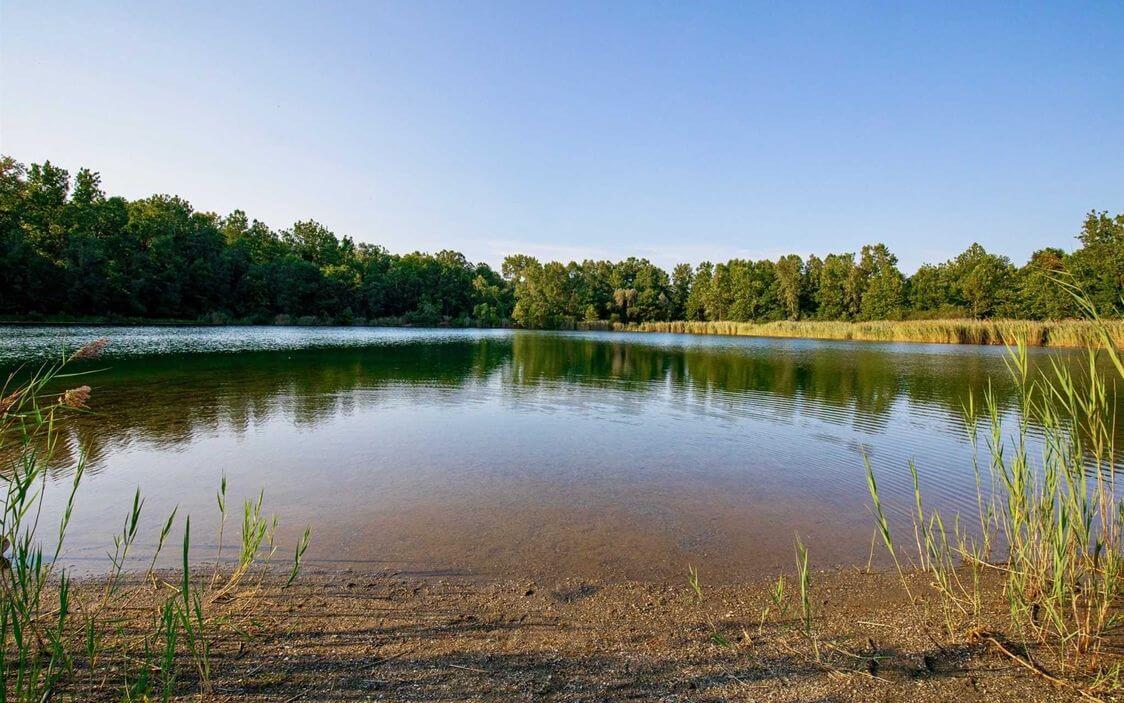
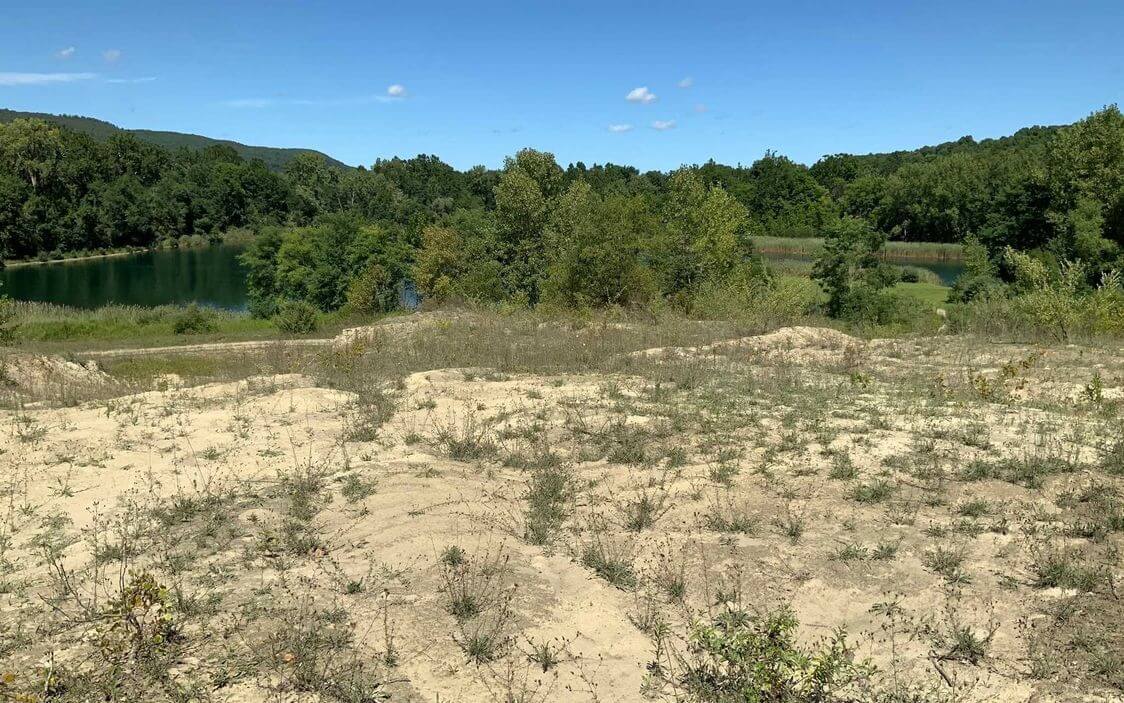
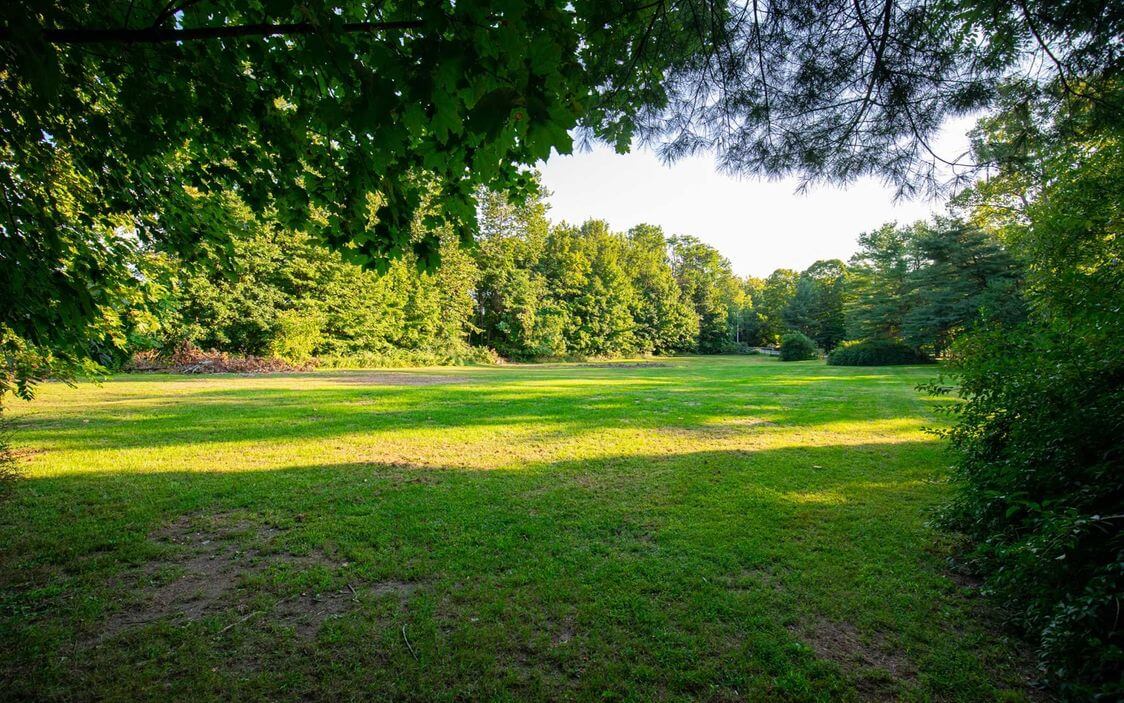
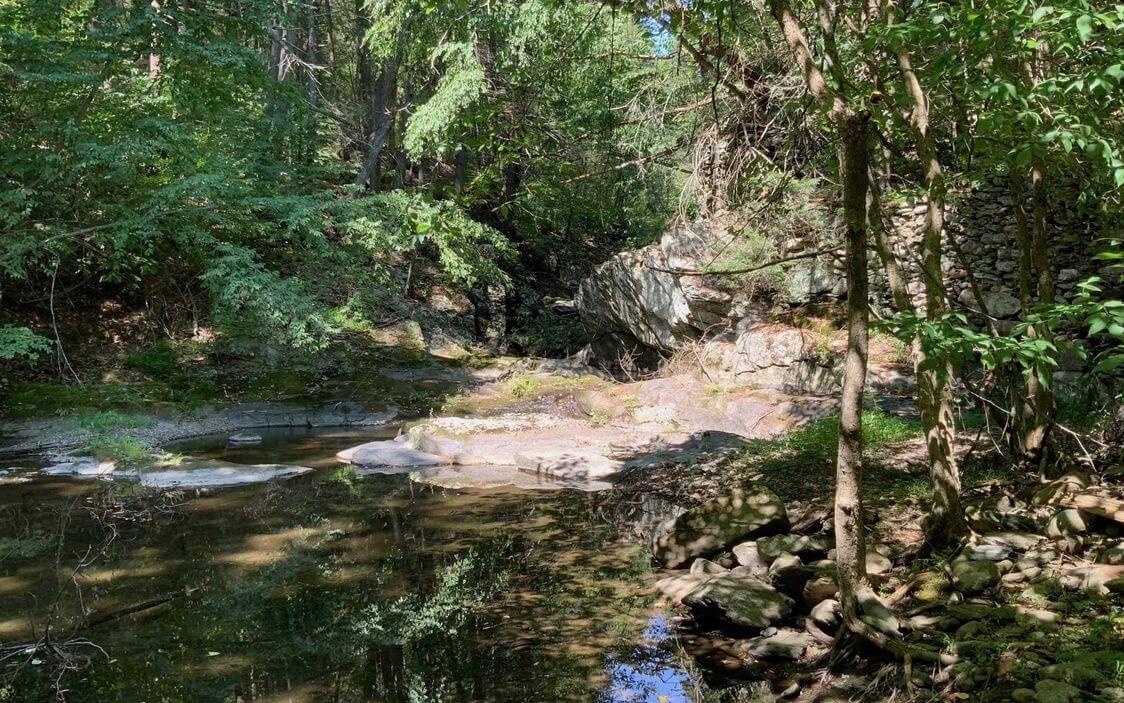
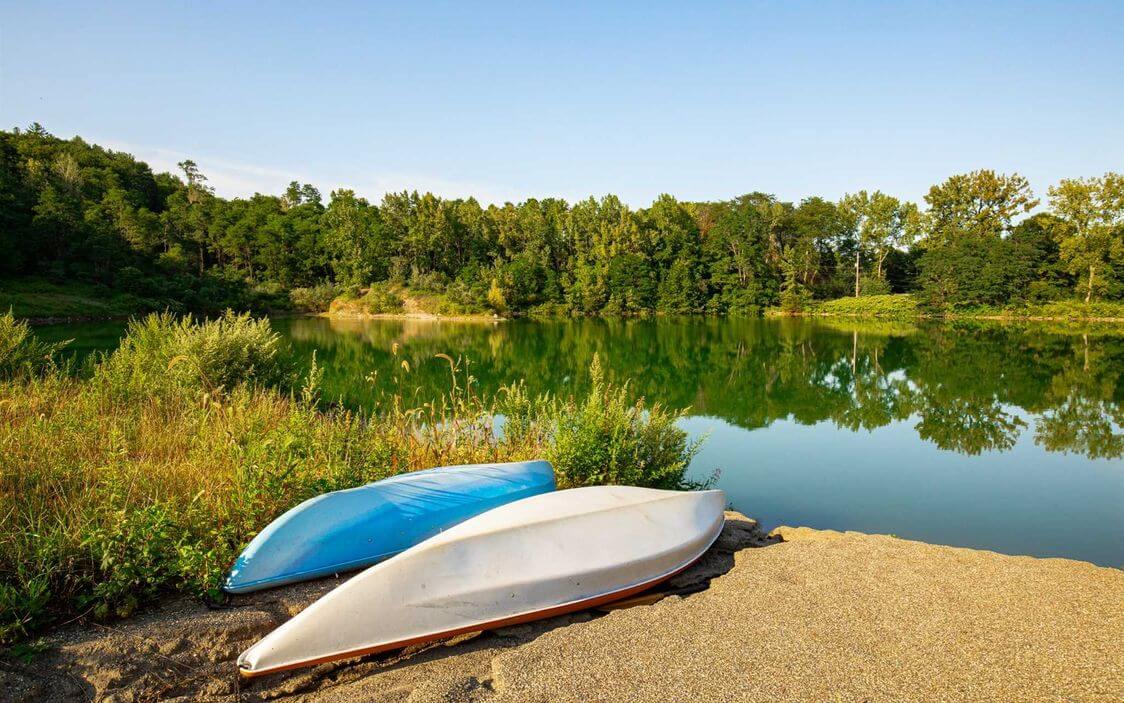
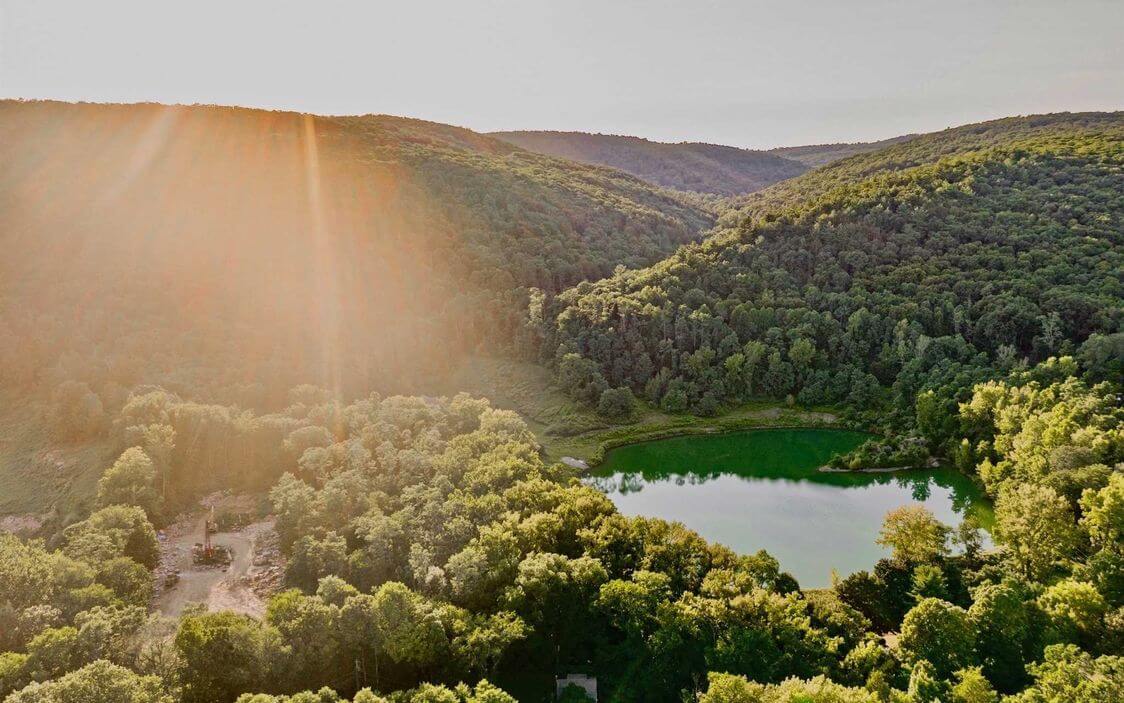








What's Your Take? Leave a Comment